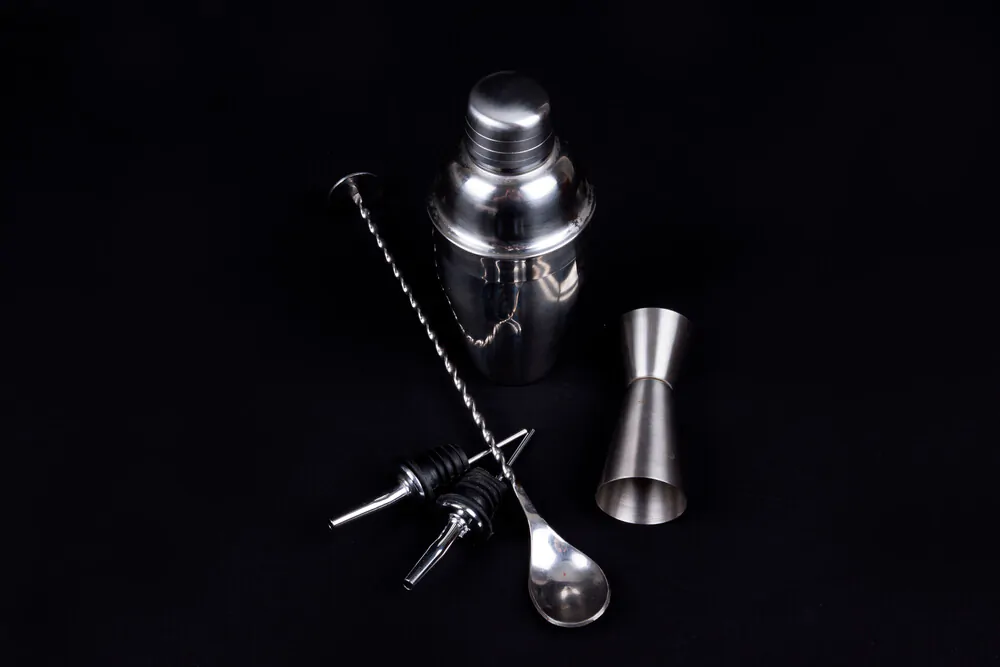Are you looking for an alternative for your usual hot beverage? We’ll let you know what is shakerato all about in this article.
It’s almost that time of the year when you can fry your eggs on the hood of your car. Hot coffee won’t cut it, but you still want your daily caffeine fix. That’s where a shakerato comes in.
Despite sounding like a frosted drink, shakerato is a refreshing coffee beverage you must try.
Is It A Type Of Shake Or Smoothie?
Once and for all, shakerato is not a shake nor a smoothie.
The shakerato is an Italian cold beverage made with espresso, sugar or syrup, and ice. Before you ask, “Where’s the ‘shake’ part, genius?” the drink got its name from the shaking motion that baristas do before serving. It’s prepared by blending the ingredients using a cocktail mixer.
The result is a strong but inexplicably smooth beverage. Shakes and smoothies contain shaved ice combined with pureed fruits or vegetables. On the other hand, the shakerato does not have ice on the drink itself; the ice cools down the espresso.
Even if it’s a known summer coffee drink in Italy, the Italians believe that putting too much ice in their beverage is a definite no-no. You might also be interested in our guide on how to make iced coffee.
How To Make Shakerato

Equipment:
- Cocktail mixer
Ingredients:
- One to two espresso shots
- One or two tablespoons of white sugar
- Four to eight ice cubes
Step 1: Mix The Ingredients
Add your sugar and ice cubes to the cocktail mixer. Then gently pour your hot espresso. If you don’t want white sugar, you can try syrups instead.
You might find our guide on the best coffee syrup brands helpful. If you don’t have a cocktail mixer, you can add your drink to an empty jar and shake.
Step 2: Shake
It’s time to shake; vigorously shake for about 10 to 15 seconds until you feel the espresso cool down.
Step 3: Serve
Gently pour your drink into your coffee mug or martini glass. Don’t forget to strain the remaining chunks of ice. Serve and consume immediately!
You might be wondering how those crema form on top of your shakerato. The quick answer is that C02 was trapped inside the coffee beans as it’s roasted. Until you grind the beans and extract the espresso, it will continually release CO2.
The gas is released due to the shaking, creating a layer of foam. The thickness of the foam will depend on the amount of C02 remaining in your espresso when you start the shaking.
If you liked this post, you might also enjoy our Carajillo vs. Espresso Martini guide.
